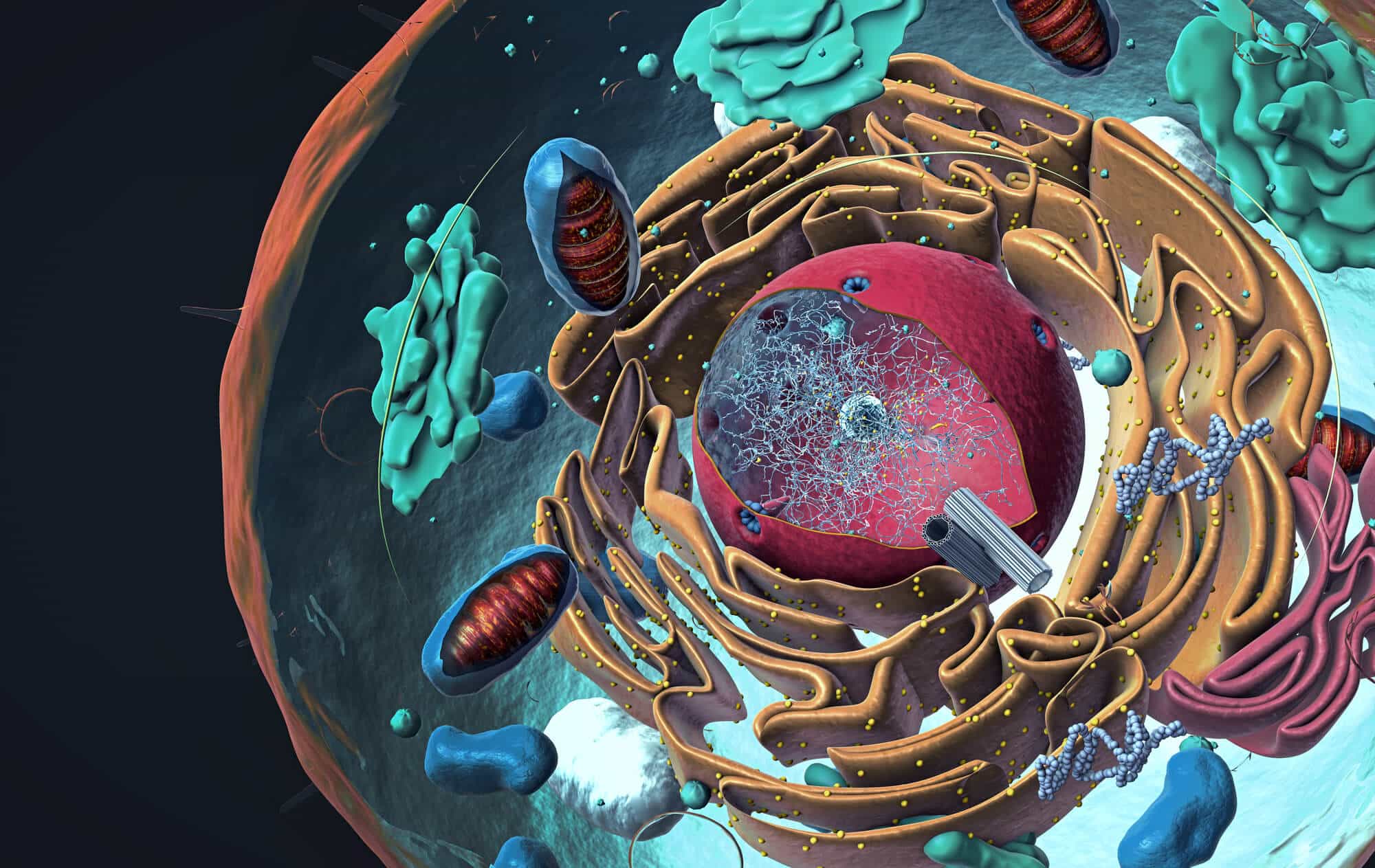It is the fusion between the genetic load of the mitochondrion and the host cell that allowed the development of eukaryotes and the sophisticated multicellular organisms we know today," states the researcher

Sexual reproduction is one of the most mysterious and misunderstood evolutionary mysteries. Charles Darwin expanded and defined her as the "queen of questions". Today, two groups of creatures live on Earth - the first group is the bacteria, which are tiny single-celled creatures, and the second group, known as 'eukaryotes', have a true nucleus. This group includes humans, animals, plants, fungi and many single-celled organisms such as yeasts, algae and amoebas. Almost all 'eukaryotes' reproduce, at least some of the time, by sexual reproduction. Although sexual reproduction seems to us the natural form of reproduction, it is actually a rather strange process consisting of two phases that occur alternately. In the first stage, the sex cells are formed, for example the sperm and egg cells. In this process, known as meiosis, one cell divides into four daughter cells, which differ from each other, and from every other cell, genetically. In the second stage, a fusion between two sex cells takes place, known as fertilization. Sexual reproduction thus creates genetically unique creatures that are not similar, unless they are identical twins, to any other creature.
Sexual reproduction has many prices. Each parent bequeaths only half of his hereditary load to the offspring, successful marriages are broken up every generation, there is a need for males and females (one sex is obviously not enough), the necessity of finding a spouse and many other costs. In light of these prices, it is not easy to explain why sexual reproduction developed during evolution and why it was preserved in all eukaryotes, small and large. Many researchers have proposed different explanations, some quite strange, for the development of sexual reproduction, but most of them were proposed even before we knew how ancient the phenomenon was and how the eukaryotes were formed. In a new study recently published in the scientific journal BioEssays, by Prof. Michael Brandeis from the Alexander Silverman Institute of Life Sciences at the Hebrew University, the researcher tried to understand the development of early sexual reproduction and offered fascinating hypotheses.
The development of DNA sequencing technologies makes it possible to locate "fossils" in the genome sequence
In order to decipher the processes that shaped life on Earth, it is necessary to rely on clues from the distant past. "Since the events under study took place two billion years ago, we rely on signals that remain and are too weak. Therefore, there are many controversies and much that we do not know and will probably never know about the first eukaryotic ancestor," the scientific article explains. Until a few decades ago, we had to make do with clues from fossils that were preserved at the bottom of the sea. The development of DNA sequencing technology now allows us to rely on "fossils" in the genome sequence. From these studies it was discovered that the eukaryotic organisms were created when one type of bacteria moved to live inside another type of bacteria. This bacterium evolved into what is called a mitochondrion, and it provides most of the energy needs of the host cell. The mitochondrion and the host cell live in close cooperation and almost all the hereditary load of the mitochondrion has gradually moved to the nucleus of the host cell.
The process of passing the hereditary load from the mitochondrion to the nucleus was a gradual process. Segments of mitochondrial DNA are released into the cell and are randomly absorbed into the DNA of the host cell. As with other random processes, in most cases this penetration causes more harm than good and only a few cases of penetration improved the quality of cell life. This process took a very long time, and to this day there are cases of passing DNA segments from the mitochondrion to the nucleus. "But in the end it was the fusion between the genetic load of the mitochondrion and the host cell that allowed the development of eukaryotes and the many creatures-The sophisticated cells we know today", states the researcher.
Although evolution through natural selection is not a planned or intentional process, during it complex and sophisticated creatures were created from simple bacteria. The process of natural selection is based on genetic variation created, through random mutations, through the process of meiosis, and as a result of penetration of mitochondrial and other DNA segments into the cell genome. The highlight of this article is Prof. Brandeis' proposal, which refers to meiosis as a sorting process. In this sorting, through selection, offspring with genomes that have undergone harmful insertions of mitochondrial DNA are eliminated and offspring with genomes that have undergone beneficial insertions are multiplied. It is this sorting process that allowed the gradual fusion between the hereditary load of the mitochondrion and that of the host cell. "Meiosis was essential for the fusion between the genomes and the creation of the sophisticated eukaryotic creatures of our time", Prof. Brandeis concludes.
More of the topic in Hayadan:
- The advantage is that it reproduces sexually
- It is as if the long neck of the giraffe is transferred to a duck - lateral transfer of genes
- Things Yorami know: the multicellular conundrum
- The primordial soup and the evolution of the first cell
- Three researchers who studied how cells sense oxygen levels have won the 2019 Nobel Prize in Medicine
- A billion-year arms race against viruses has shaped our evolution
